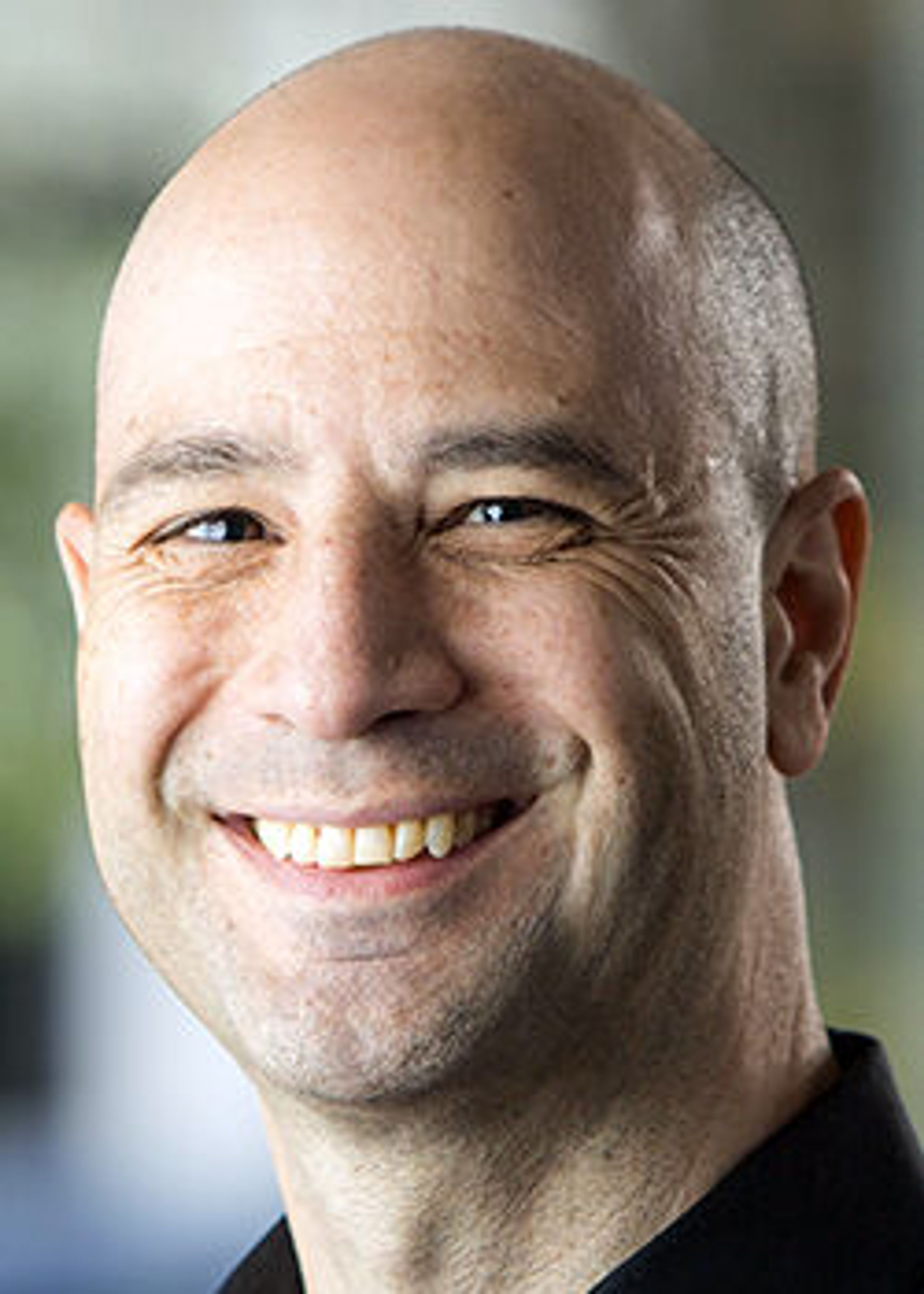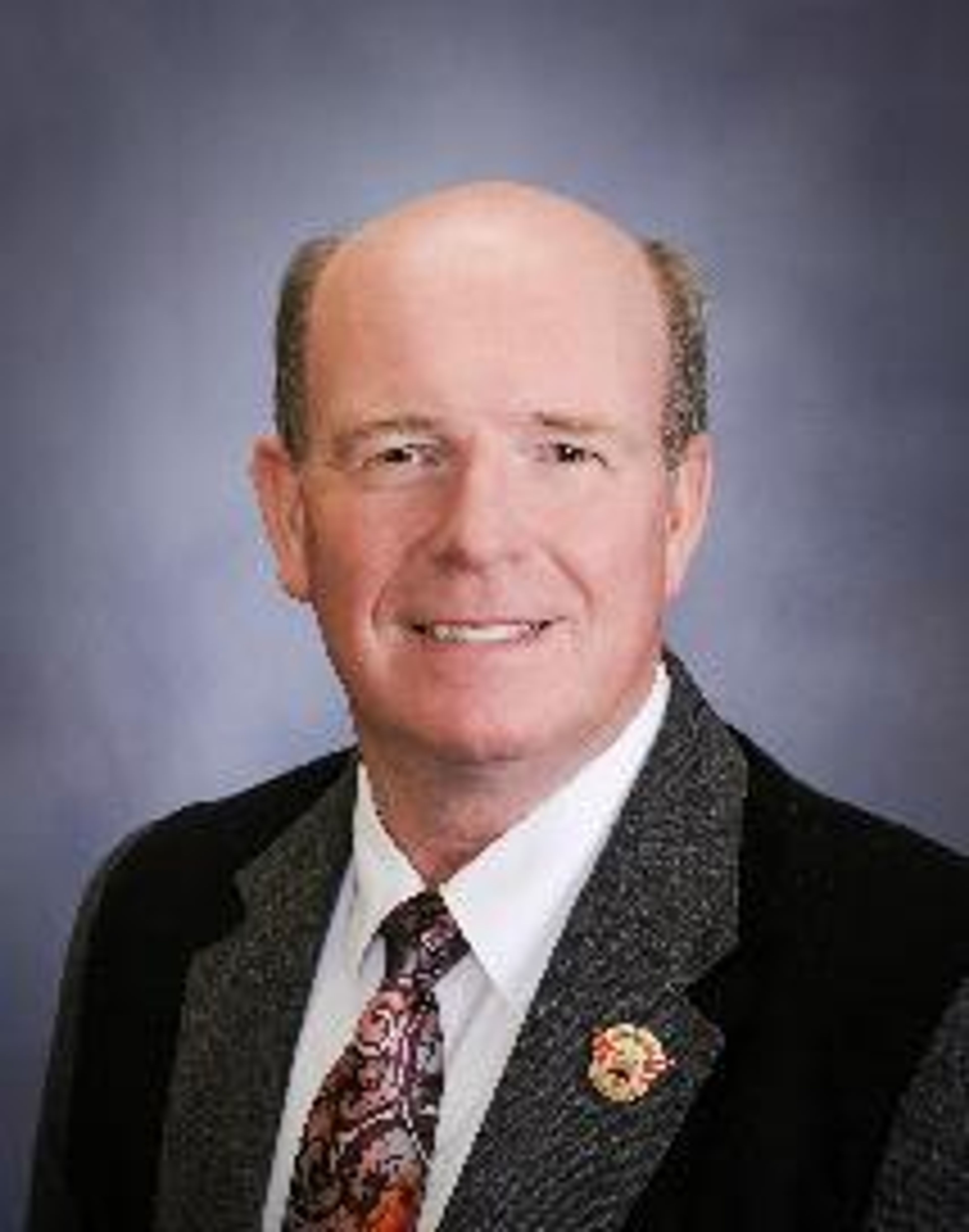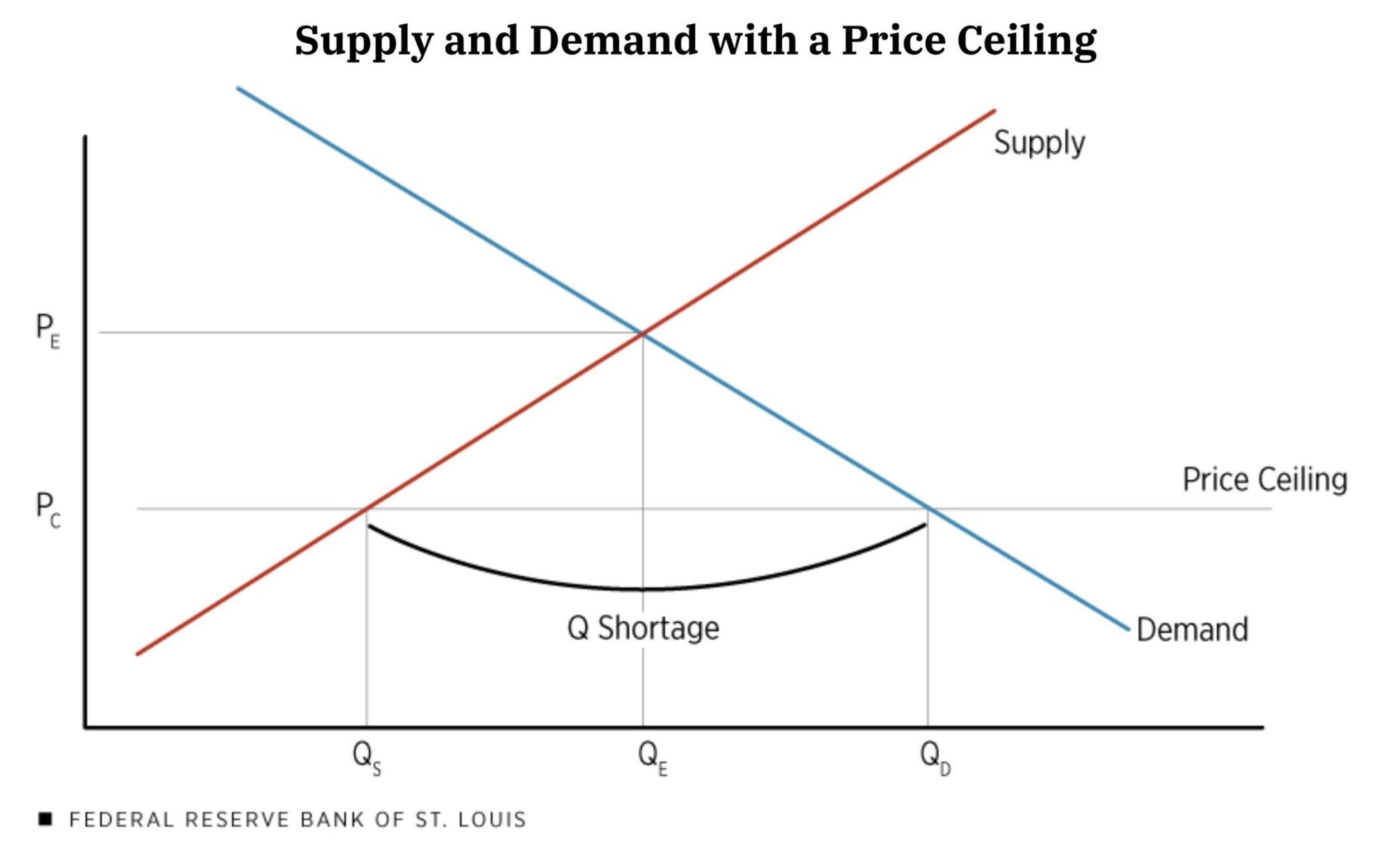Advocate: Dams crucial to meeting region’s clean energy goals
Hydropower, including the four lower Snake River dams, will play a critical role in meeting the region’s clean energy goals and maintaining a safe and reliable supply of electricity.
That is the message Kurt Miller, director of the Northwest River Partners, delivered to a friendly audience Thursday at a luncheon talk sponsored by the ports of Lewiston, Clarkston and Whitman County. The nonprofit advocacy organization represents community-owned utilities such as Clearwater Power and Asotin County Public Utility District that get much of their electricity from the Bonneville Power Administration and federal dams on the Snake and Columbia rivers.
The group is an active participant in the regionwide discussion about the best way to recover Snake and Columbia river salmon and steelhead populations, and frequently serves as a counter-voice to those who advocate for breaching the four federal dams on the Snake River between Lewiston and the Tri-Cities in central Washington.
Miller, of Vancouver, Wash., said as the region strives to meet clean energy goals by shuttering coal plants, moving away from natural gas as a home heating source and plugging even more electric vehicles into the grid, it will need to expand carbon-free generating sources by about 160,000 megawatts. Much of that expansion will come in the form of new wind and solar plants. While Miller praised those sources and said they can play a positive role in the effort to fight climate change, they are not as dependable as hydropower or the coal plants they are replacing.
Wind can fail, he said, especially during heat waves and cold snaps. Solar plants power down when the sun sets and are less effective in the winter months or times of extensive cloud cover.
He described hydropower as a battery that stores energy in the form of water that can be released on demand
“At the end of the day, the incredible thing about this battery is that it can do this again and again and again, right? That’s the power of hydropower. It is like a giant clean energy battery.”
Many of the states in the region, with the exception of Idaho, have passed laws requiring utilities to move toward carbon-free sources of electricity by the middle of this century. Miller said getting there will be difficult and that the region can’t afford to shed carbon-free sources of power, such as the dams on the lower Snake River.
“If you want to achieve your clean energy laws, you cannot remove clean energy resources, right? You just can’t do it,” he said. “Because the lift is so gigantic that the chances of actually making these (goals) on time are slim if we don’t put everything we have into it.”
Breaching headwind
Salmon advocates often speak with equal urgency, saying if wild fish populations in the Snake River are to recover, the dams must be breached. Modeling by the Nez Perce Tribe showed many wild salmon and steelhead populations in the Snake River basin are trending toward extinction and federal fisheries scientists have said the fish face critical threats from climate change.
While dam removal has often been viewed as a long shot, it has gathered significant momentum over the past few years. It started with Idaho Congressperson Mike Simpson calling for breaching the dams combined with $33.5 billion in federal investments to help affected communities and industries. The Nez Perce and other Native American tribes of the Pacific Northwest lobbied heavily for Simpson’s concept and may have been instrumental in getting Washington Gov. Jay Inslee and Sen. Patty Murray to consider the move. The two politicians ultimately balked, however. In August, following a year of study, they said because power and transportation infrastructure needed to sufficiently replace the services provided by the dams does not currently exist, it is not currently feasible.
At about the same time, the Biden administration extended settlement with salmon advocates that includes dam breaching as a possible fish recovery strategy. Those talks are slated to run through next summer.
Breaching got another boost when a recent report by the National Oceanic and Atmospheric Administration Fisheries said the lower Snake River must be restored if wild salmon and steelhead runs are to be elevated to healthy and harvestable levels.
Now or never
Miller and Northwest River Partners viewed the confluence of events — particularly the breaching investigation by Inslee and Murray — as a “make or break moment.” The group raised more than $3 million to conduct polling and wage a pro-hydropower advertising campaign centered in Washington.
“It represented a really big fundraising effort for our organization. But many of our member utilities and others from the (agriculture) world did step up,” he said. “Our investment in this was literally less than pennies on the dollar compared to the risk that this region would have faced and the communities would have faced if we had lost the dams.”
Miller said dams and the hydropower they produce should be viewed as a critical tool in the fight to save salmon and steelhead.
“I really believe that hydropower is part of the solution for salmon. Now hydropower does change ecosystems, and I think it’s very important for us to acknowledge that and mitigation has to occur. But the greatest threat to salmon right now is climate change, and primarily the warming and acidifying ocean.”
He called for more money to be spent on ocean research as it relates to Pacific salmon and steelhead, and for pro-dam advocates to support hatchery funding and efforts to reduce predation on salmon and steelhead by marine mammals like seals and sea lions.
Barker may be contacted at ebarker@lmtribune.com or at (208) 848-2273. Follow him on Twitter @ezebarker.








